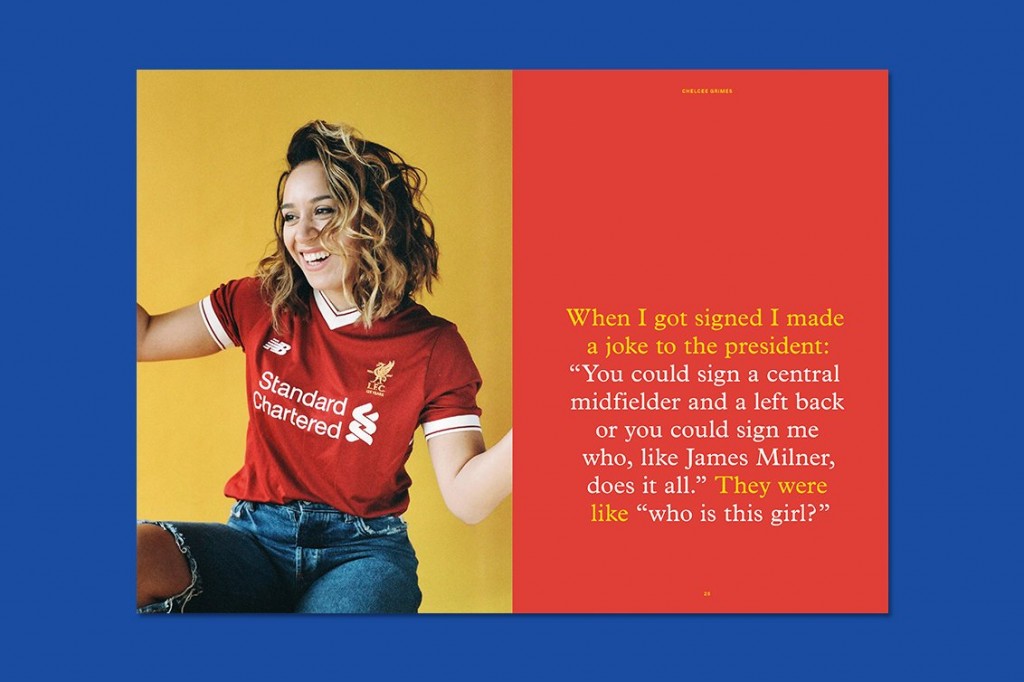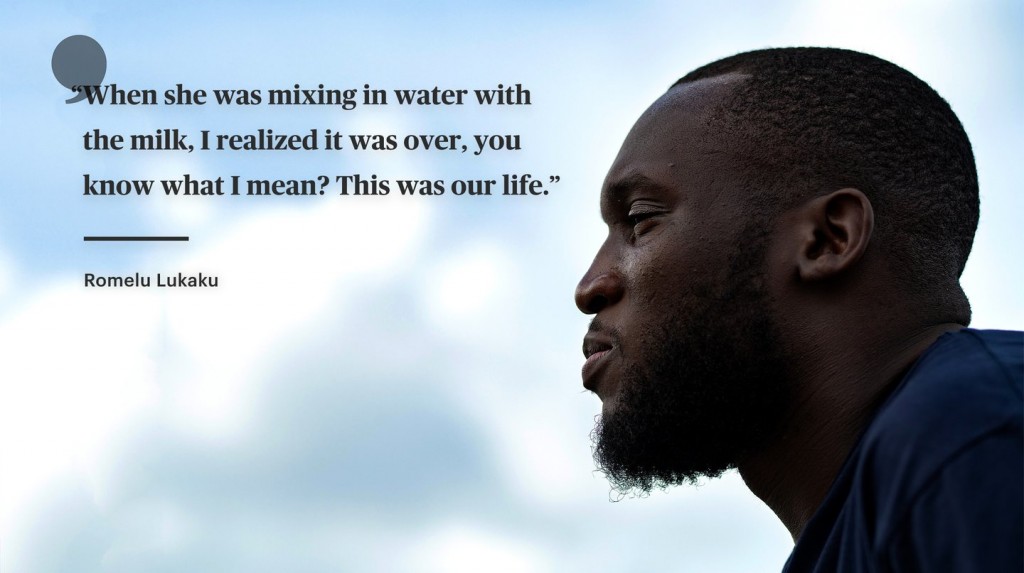From streetwear ambitions to curated content platforms, Crowd DNA's Gabriel Noble spots five talking points in football...
With the season well underway in Europe’s high profile leagues, we’re getting to see the innovations and cultural connections that football is trailblazing, as it looks to compete with other major global sports – and indeed for a share of audience time versus other entertainment options more generally. Here’s what we’re seeing…
Football meets streetwear
When PSG played Liverpool earlier this season, you might have noticed something unusual. Rather than wearing jerseys with the Nike tick, they were emblazoned with the Jumpman logo of Air Jordan, a brand rooted in streetwear and basketball. The PSG x Air Jordan collab illustrates how football clubs are beginning to realise their potential as brands in popular culture and, as a response, building on their own merch capabilities. PSG have set the standard, but as lines between football and fashion continue to blur – Poet & Yinka’s collaboration with Puma on their LDN City pack boots, Virgil Abloh’s Off White kit, or Nigeria’s World Cup kit – other teams will surely follow suit.
We expect to see kit sponsorship deals balloon, as the likes of Nike and adidas capitalise on this development and integrate the clubs they sponsor into their lifestyle ranges. On the flipside, as streetwear continues its journey to the mainstream, more brands like Palace (see their adidas Wimbledon collab) and Air Jordan are likely to play in this space with limited edition ranges, or, at the very least, third kits, football apparel and boots.

Championing football’s new cultural angles
As football continues to secure its place outside of sports culture, so the media outlets diversify also – from the likes of Versus who ‘showcase the cultural convergence happening across the worlds of sport, music and style’; to Mundial, who build on football’s casual culture and produce a magazine filled with fashion features and untold stories of the game. Diverse voices are coming to the fore too. Through the likes of Caricom, which explores the space where football and the black experience intersect; and Season Zine: dedicated to empowering female fans. This year has also seen Eniola Aluko join the Guardian as their sports columnist, giving further credence to this progressive shift. In 2019, women’s place in football will no doubt rise, as the Women’s World Cup edges nearer.

Owning the conversation
Over the last few years, clubs and players may have been asking themselves where they fit in the content landscape, and how they can own the conversation with their fans. Through Amazon’s partnership with Manchester City in their All Or Nothing doc, we might be getting a taste of what’s to come, as top clubs put out their own long-form content. The same goes for players, as we saw the likes of Romelu Lukaku and Raheem Sterling feature on Player’s Tribune, a platform that connects them directly with their fans. However, this trend doesn’t come without others losing out. Many commentators fear it might lead to less transparency and an exclusion of traditional media, with clubs and players looking to control their own message.

Integration of football and eSports continues
Football leagues and clubs have been getting more involved in the eSport space. The MLS introduced the eMLS Cup for the first time this year, with each club being represented by a Fifa gamer. Its success hasn’t gone unnoticed, and it has now been announced that the Premier League are doing something similar. In the past, eSports and traditional sports have seemed disparate and incompatible, as League Of Legends and Dota dominate. It’ll be interesting to see whether this push by top clubs and leagues can put Fifa at the same standing as eSport’s incumbents, giving the game a more meaningful place in the eSports category.

La Liga goes global
Probably the most controversial of developments, the 2018/19 La Liga season will potentially see Barcelona play Girona in a competitive game in Miami, at the Hard Rock Stadium. As clubs and leagues look to grow their fanbase across the world, it was only a matter of time before this was trialled. But the backlash to this demonstrates that there’s a way to go before football mimics American sports like the NFL, who have been present in the UK since 2007. In the meantime, we can continue to see pre-season as a way for clubs to connect with fans across the world, through the likes of the International Champions Cup, where the world’s top clubs play matches across the US, Europe and Singapore.

As well as these five areas, other interesting developments include the way tech is being used to produce immersive fan-focussed experiences as Siemens, The Economist and Bayern Munich provide the opportunity to track a game’s big moments through the voices of fans. Amazon have also finally made a break into Premier League rights, while OTT service DAZN continues to expand and grow in size across the globe, most recently setting up shop in Italy. From the pitch upwards, a lot is changing in football.
